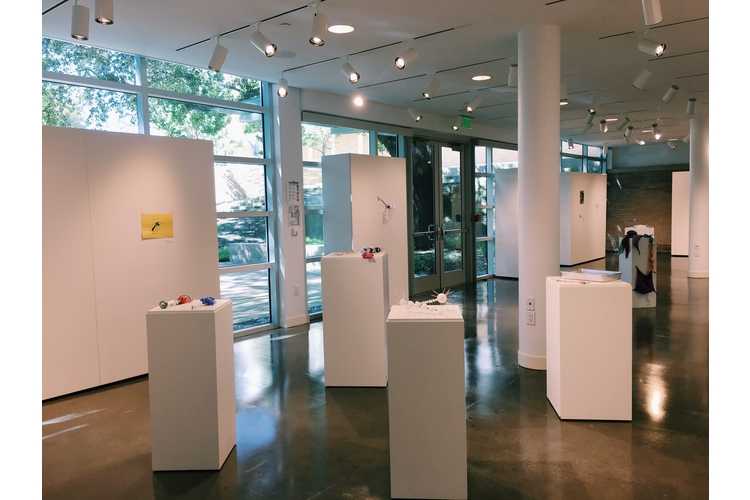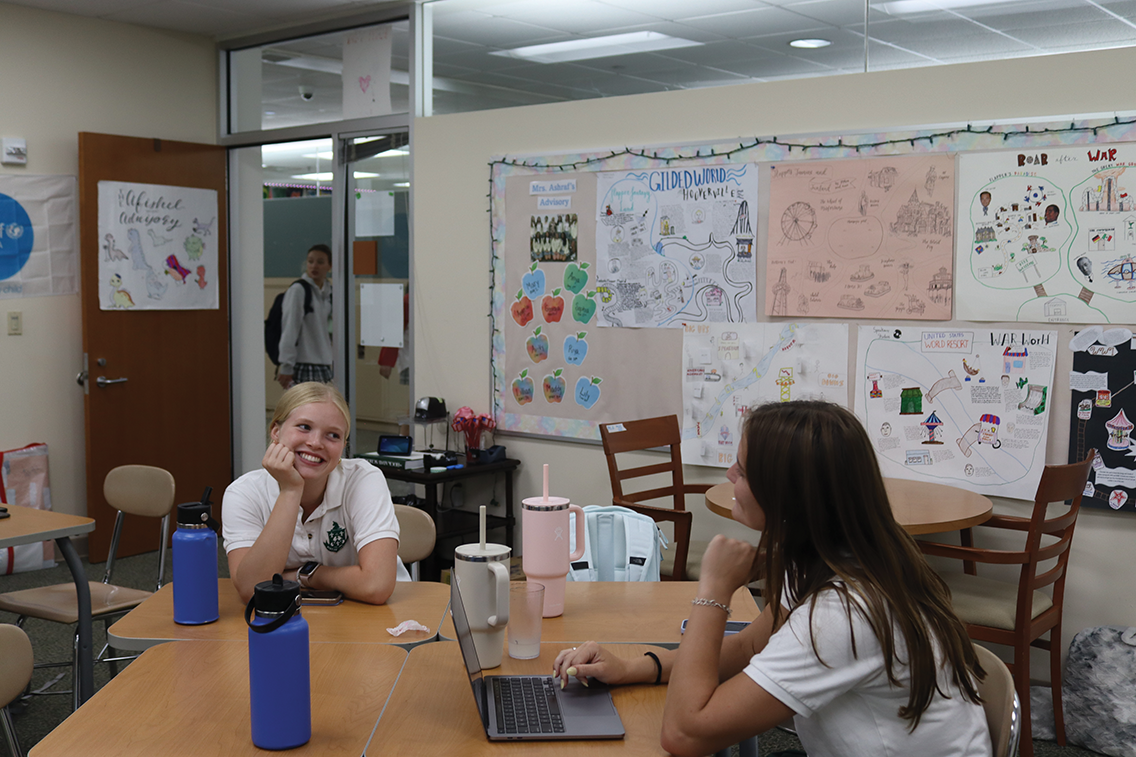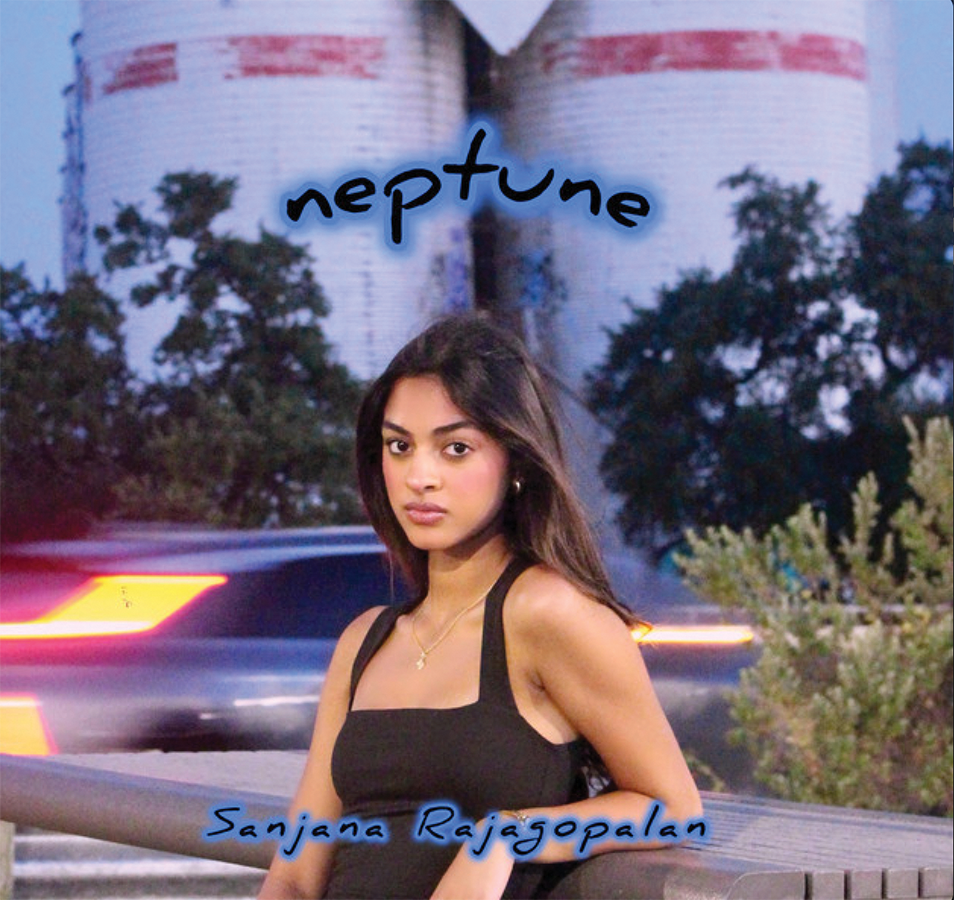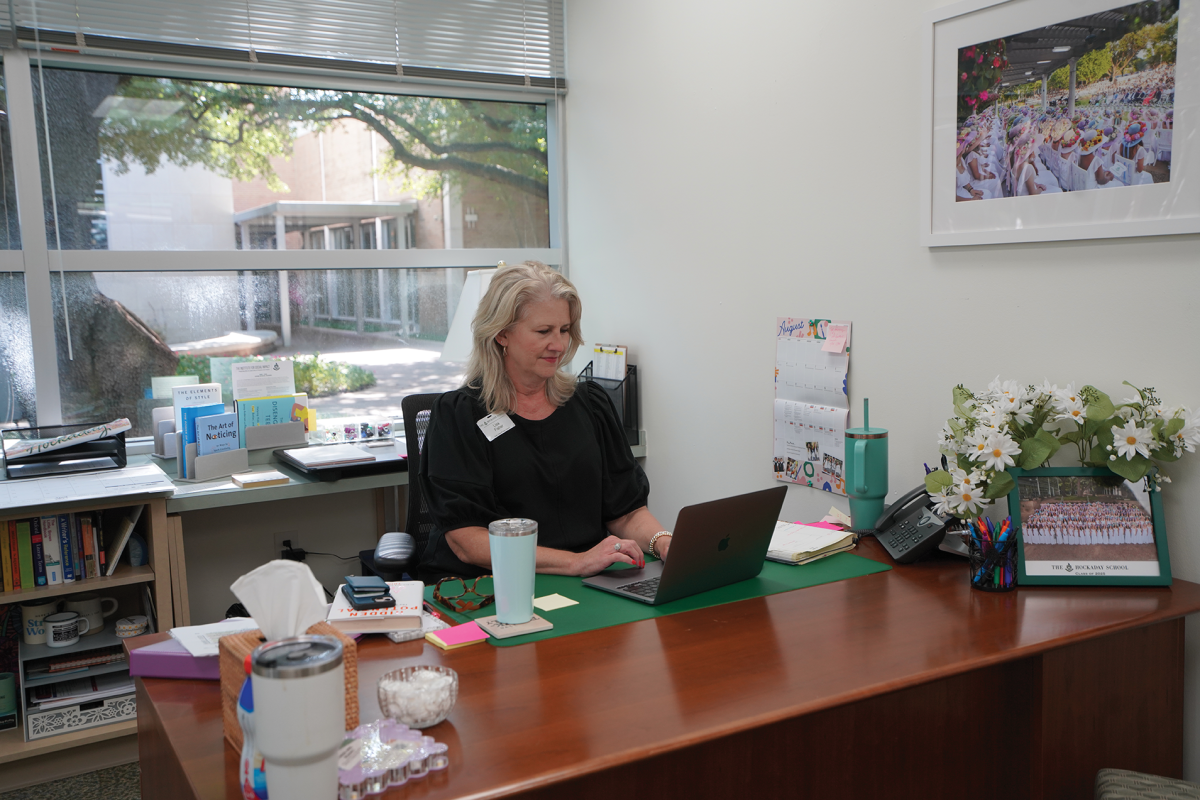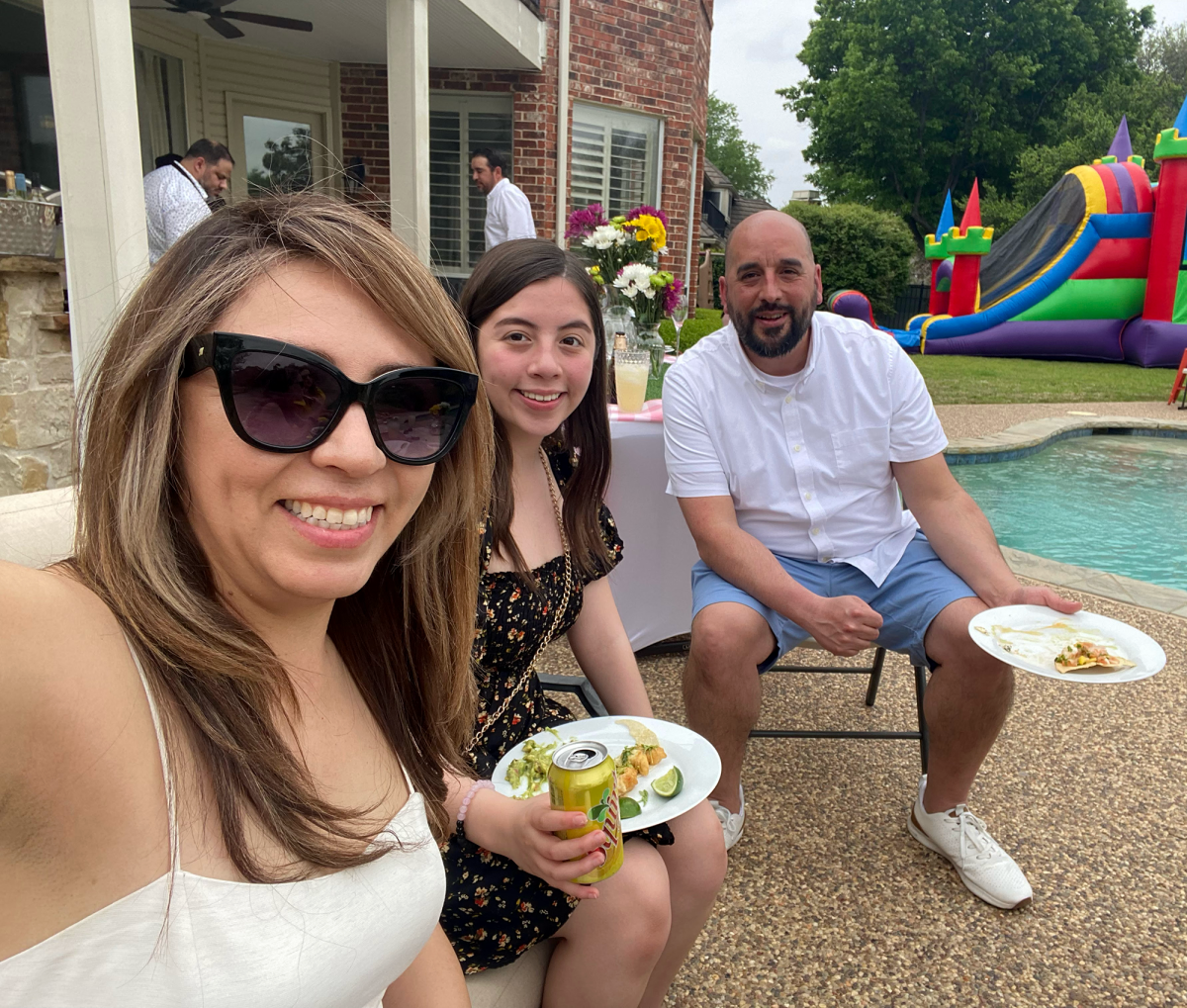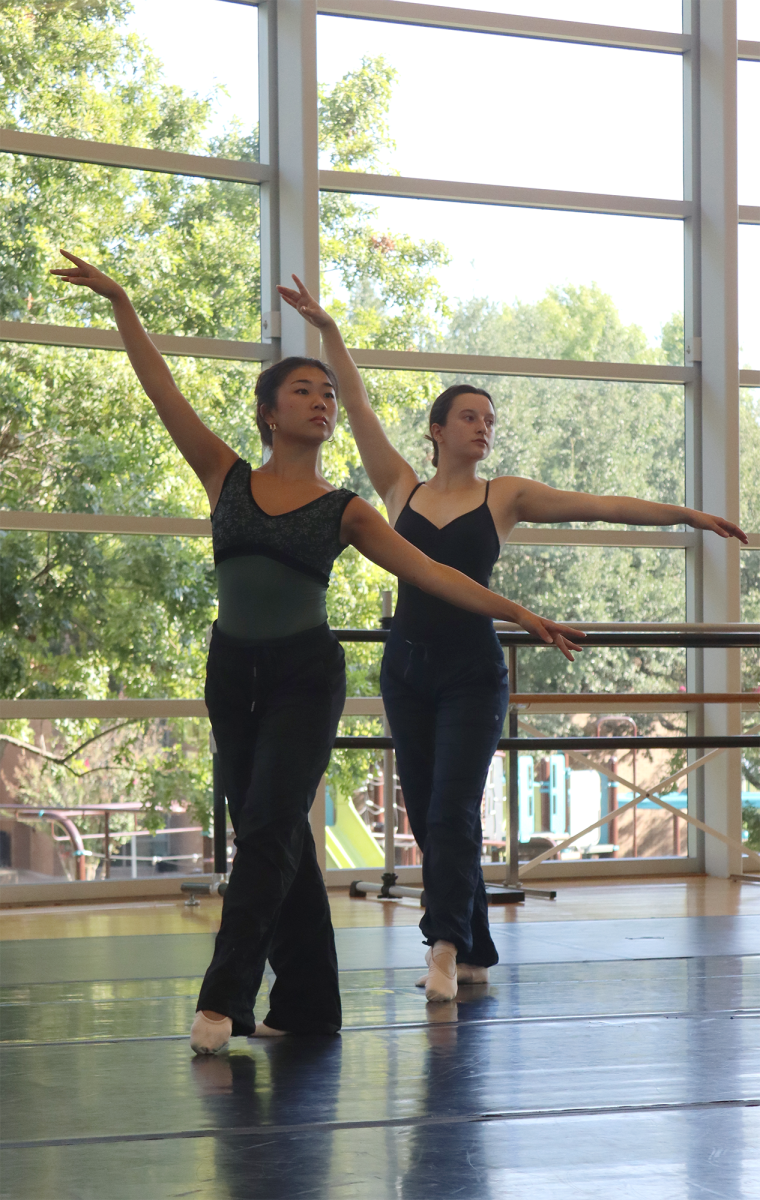//PICTURED ABOVE: the Neuron Pop-Up exhibit in the Ann Bower 67’ gallery. Photo by Kelsey Chen.
This week, a new pop-up exhibit in the Ann Bower 67’ gallery, Neuron Pop-Up, featured student artworks from the semester-long science course, Neuroscience, in an effort that combines art and science.
In recent years, one of the main goals of the science department has been to incorporate art into the science, technology, engineering, and math (STEM) curriculum.
Neuroscience teacher Katie Croft recently assigned her students a project that required them to make an artistic representation of a neuron using any material they could find. Students were asked to take 20 minutes and make sure to include all the essential parts and features of a neuron.
“I have been intrigued by this idea of trying to merge art and science,” Croft said.
The students weren’t able to purchase anything to complete the project; they had to repurpose what they already had, which challenged them to use materials in new ways.
“It was fun to see everyone’s creativity exhibited through their different designs,” said Sarah Landry, a senior in the class.
The neuroscience class has been doing this project for a number of years, but this was the first time the students were able to display their works in the gallery.
Croft worked with Susan Sanders, visual arts chair, to organize this opportunity for her students. What had started as an everyday conversation about about basic science concepts turned into a collaboration that fused science and art.
“It was a very organic evolution. It’s great to have that connection between science and art,” Sanders said.
Running from Oct. 8-12, the exhibit featured the works from two neuroscience classes. Students used everything from pipe cleaners to balloons to create their sculptures. For example, Landry used box tops, rubber bands, stickers, and string to model her neuron.
“The girls seemed to take things that existed and capitalized on what they could do to have them fit the shape and form of the neuron, which is incredibly important when you’re generating things,” Sanders said, “it’s very efficient to be able to re-purpose other things in order to make them do what you want.”
By participating in this project, the students were able to have a hands-on experience with the structure of a neuron, in addition to learning about them from lectures.
“The whole idea of people having learning ‘types’, that’s actually a neuro-myth. The brain likes to learn in all different modalities,” Croft said.
She hoped that the students would learn the integral parts of the neuron. In turn, they fulfilled her goal, learning the more nuanced and detailed anatomy of the neuron.
“I feel like we all have a greater understanding about neurons since we built it hands-on, so we will always remember all the processes that go along with it,” said Landry.
The students developed meaningful relationships with their new knowledge about neurons through the exhibit.
“It individualizes the process for each student. It allows people to pull out that innate creativity that is in all of us and use that to strengthen our learning,” said Croft.
Since the gallery is often empty in the fall, Sanders is thinking about offering more pop-up opportunities to students who can come up with proposals.
Story by Kelsey Chen and Julia Donovan


